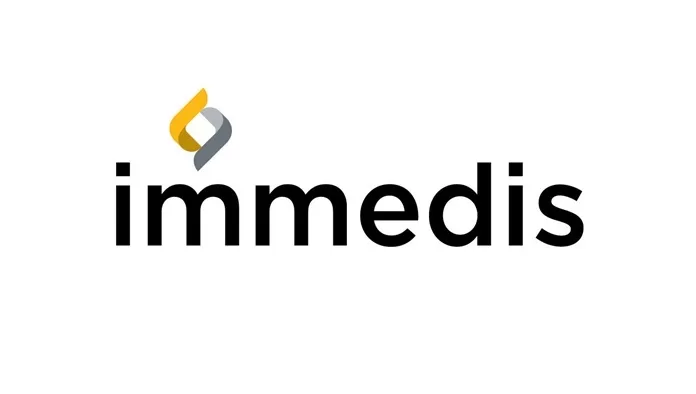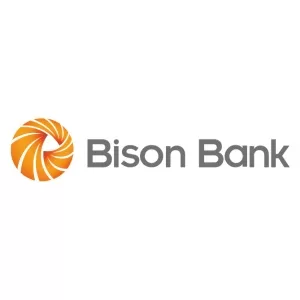HR & Consulting
How Employers Can Support Employee Financial Wellness

The total economic impact of COVID-19 is unknown, but one thing we do know is that it meant a significant drop in earnings for many people. However, research shows that many employees were already experiencing significant financial stress even before the pandemic. According to Bank of America’s 2020 Workplace Benefits Report, only 49% of employees described themselves as “financially well,” down from 61% in 2018, while 59% admitted to not having control over their debt. That’s a 20% decline in financial wellness confidence in just 2 years! The study also revealed that 63% of Americans live paycheck-to-paycheck, and 40% surveyed said they would not be able to cover a $400 emergency expense.
Why employee financial wellness is increasingly important for organizations
Employers have long understood that a happy employee is a productive employee. Many organizations have come a long way in offering generous benefits packages and perks to attract and retain employees, including unlimited vacation time, employer-subsidized gym memberships, employee rewards, and appreciation programs, and complimentary snacks and beverages, to name just a few. Additionally, employee retirement programs and matching contributions to 401K plans have become a staple of many benefits packages, and are increasingly legislated in countries such as the UK, where employers are required to provide pension plans for specific individuals and contribute to these funds.
Yet despite these employer-sponsored benefits and perks, research has shown that many employees are experiencing some level of financial stress, which can hurt productivity. According to a survey of more than 10,000 Americans by Salary Finance, financial stress results in anxiety, loss of sleep, panic attacks, and depression, which can impede the ability to complete daily tasks and harm performance. Financially stressed employees are, on average, losing up to a month of productive working days per year, with an estimated annual cost to employers of $500 billion. This is a great cause for concern among both employees and employers, begging the question of what can be done about it?
The role organizations play in the financial wellness of employees
As mentioned, many employers have historically supported employee financial wellness with retirement and 401K matching programs. These programs demonstrate some level of an organization’s commitment to supporting the financial health of its workforce. But as the research has shown, many people are still struggling to make ends meet, even salaried employees earning up to six figures – this puts long-term planning beyond the reach and contemplation of many.
Some of the common sources of financial stress for employees include managing credit card debt, student loans, healthcare costs, and large recurring payments such as a monthly mortgage. But organizations should ask employees directly about their financial concerns as a first step toward introducing additional financial wellness offerings for their workforce. This can be as simple as conducting an employee survey to gain insights into the specific financial goals, priorities, and potential stresses of an organization’s workforce.
Steps employers can take to launch and bolster financial wellness programs
Looking again at Bank of America’s 2020 Workplace Benefits report, most employers across companies large and small believe employee financial wellness helps deliver more loyal employees, greater employee productivity, more satisfied and more engaged employees.
Once employee insights have been gathered (Seek first to understand!), the next step is to develop a plan and programs to meet their needs. Financial wellness programs can include various elements from education offerings such as financial literacy webinars to an online financial wellness resource center. Employer-sponsored access to financial advisors is another great way to support employee financial health. This is a seriously challenging and emotionally stressful area for those dealing with it. It’s important to recognize this and not assume that little to no initial uptake of their financial wellness offerings means everything is ok. It requires a strategic internal marketing and communications effort to ensure employees have multiple opportunities to respond, make inquiries and take action.
Flexibility in employee payment and payroll options can also play a role. Depending on the organization, some companies can consider offering pay on demand. Instead of the traditional weekly or biweekly paycheck, companies offering pay on demand can pay employees once their shift is completed. Walmart, Lyft, and Uber already provide this option to their workforce. This can have a huge impact on pockets when the short-term, or payday lending crisis interest rates can be upwards of 200% per year.
Payslips are often an overlooked communication tool to support and encourage employee financial health. Employee payslips can include notifications, alerts, reminders, and invitations on a range of financial wellness topics covering subjects such as financial wellness education opportunities, reminders about retirement, 401K, and pension plans. Payslips can also include notifications about internal job openings, professional development, learning, and training opportunities. Financial wellness communications within payslips can be optimized with embedded links that guide employees to access information or sign up and register for educational resources, log into their retirement savings accounts, or create a new retirement account if they haven’t already. HR and payroll teams can collaborate on introducing these payslip enhancements and marketing them to the workforce to remind them to use these resources every time they receive a payslip.
To help organizations tackle these challenges, Immedis developed a free ebook Planning for Employees Financial Wellness: An Employer’s Guide. In it we explore the main financial concerns people have today and list out the concrete steps employers can take to support employee financial wellness.
Organizations in every industry and across the globe have an opportunity to take a close look at their current offerings to support employee financial wellness and consider what they can do to bolster these resources for the many people that research has shown could benefit from more robust programs. The good news is that both employers and employees stand to benefit when more attention is paid to these highly beneficial resources.

Chief Product Officer at Immedis



















































